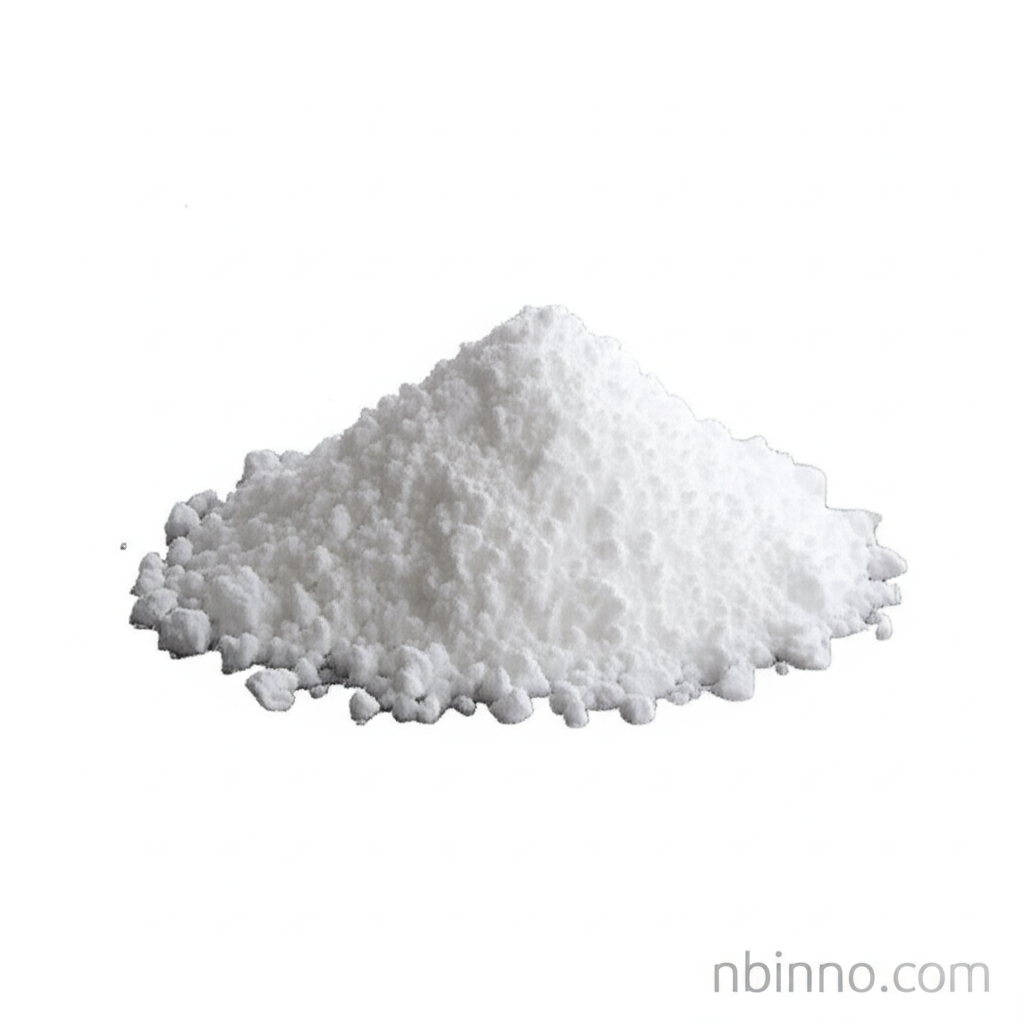L-2,4-Diaminobutyric Acid Dihydrochloride: Essential for Innovation
Discover the key properties and applications of this vital chemical building block for your research and development needs.
Get a Quote & SampleProduct Core Value

L-2,4-Diaminobutyric Acid Dihydrochloride
This compound is a crucial non-proteinogenic amino acid derivative, highly valued for its role in advanced chemical synthesis. Its structure makes it an indispensable component in the creation of pharmaceuticals, biochemicals, and specialized cosmetic ingredients.
- Utilize L-2,4-Diaminobutyric Acid Dihydrochloride in pharmaceutical synthesis to develop novel antibiotics and enzyme inhibitors, driving therapeutic advancements.
- Leverage this amino acid derivative for intricate biochemical research, aiding in the understanding of metabolic pathways and cellular functions.
- Incorporate L-2,4-Diaminobutyric Acid Dihydrochloride into cosmetic raw materials, contributing to high-performance hair care and oral care formulations.
- Benefit from its dual amino groups, which are instrumental in peptide modifications and the chelation of metal ions in various applications.
Key Advantages
Versatile Building Block
Explore the versatility of L-2,4-Diaminobutyric Acid Dihydrochloride as a fundamental building block in complex organic synthesis, supporting innovation across industries.
High Purity and Quality
Ensure reliable experimental and production outcomes with a product renowned for its high purity, often exceeding 98% (HPLC), essential for sensitive applications.
Broad Application Scope
Discover the wide-ranging potential of this chemical, from drug development and biochemical studies to its use in plant physiology research, showcasing its extensive applicability.
Key Applications
Pharmaceutical Development
Serve as a precursor in the synthesis of various pharmaceuticals, particularly those targeting neurological disorders, enhancing drug efficacy and specificity in drug development.
Biochemical Research
Used in studies related to amino acid metabolism, helping researchers understand metabolic pathways and the role of amino acids in cellular functions, crucial for biochemical research.
Gene Therapy Applications
The compound is explored in gene therapy applications, where it may aid in the delivery of genetic material into cells, improving therapeutic outcomes through innovative biochemical research.
Plant Biology Studies
In agricultural research, it is investigated for its potential to enhance plant growth and stress resistance, contributing to more sustainable farming practices in plant physiology research.
